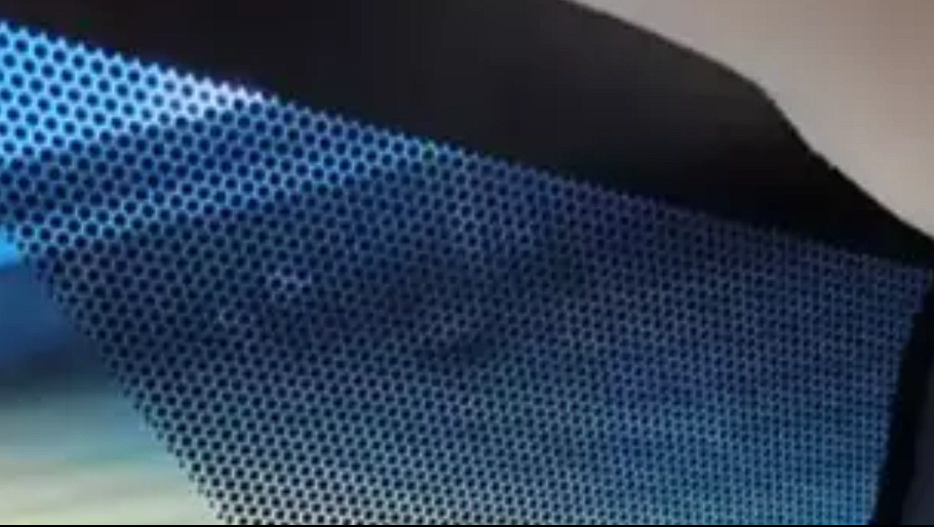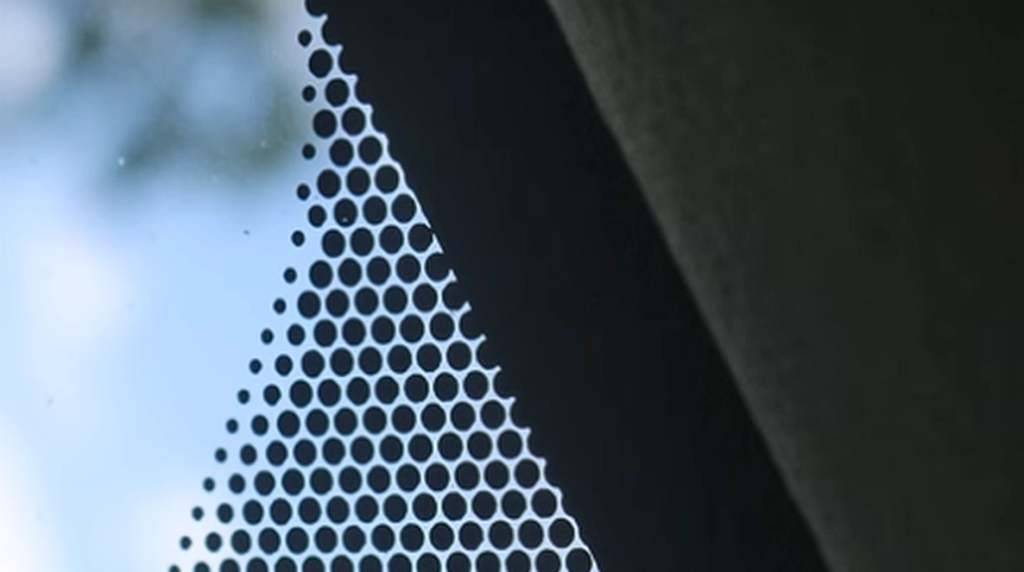Do You Know Their Purpose?
Others are reading now
Have you ever wondered about the purpose of the small black dots on your car’s windshield? Beyond adding an aesthetic touch, these dots serve several crucial ‘technical functions’. Let’s unveil the mystery surrounding these little black dots.
Manufactured from fired ceramic paint that permanently adheres to the glass, these black dots fulfill three main objectives: structure, safety, and aesthetics.
The Vital Role of ‘Frit Tape’
The most significant function of these black dots, known as ‘frit tape’, is to secure the windshield to your vehicle. They not only provide a grippier surface for the sealant bonding the glass and vehicle frame but also shield this adhesive from the damaging effects of ultraviolet light.
Also read
A Multipurpose Band
According to DeDona, an auto expert based in North Carolina, “The windshield, arguably one of the least appreciated components of a vehicle, is a true engineering marvel. A crucial part of this engineering is how the windshield is attached to the frame.”
DeDona continues, “The inside part of the frit helps the adhesive stick to the glass, while the outer part acts as a shield against UV radiation, protecting the adhesive bond when exposed to sunlight…”
Reducing Optical Distortion
But the wonders of this engineering don’t stop there. The frits also serve as a safety feature: the dots, diminishing in size toward the center of the panel, help reduce ‘lensing’ or optical distortion.
Engineers at Pittsburgh Glass Works explain that during the manufacturing of the windshield, the glass is exposed to temperatures above 700°C to bend it into shape. The thick black band around the frame quickly absorbs this heat.
This abrupt temperature change leads to uneven stress across the windshield, causing the glass to present a more curved or distorted appearance toward the center. The dot matrix prevents this effect, ensuring a smooth transition from black to transparency.

An Enhanced Aesthetic Appeal
Furthermore, the design of these black dots is not merely functional but also serves an aesthetic purpose.
The increasing density of dots toward the edges of the glass creates a visual transition effect, enhancing the overall appearance of the vehicle. This effect makes the transition between the glass edges and the vehicle body less noticeable.
Moreover, the black dots absorb sunlight at the edges of the glass, reducing the amount of light entering the vehicle.
This feature is particularly beneficial during direct sunlight exposure, helping to protect the driver’s eyes.
In conclusion, the small black dots on your windshield are more than just decorative elements. They are a testament to the intricate engineering and thoughtful design that go into the manufacturing of automotive glass, serving essential structural, safety, and aesthetic functions.


